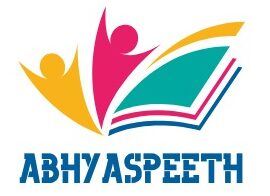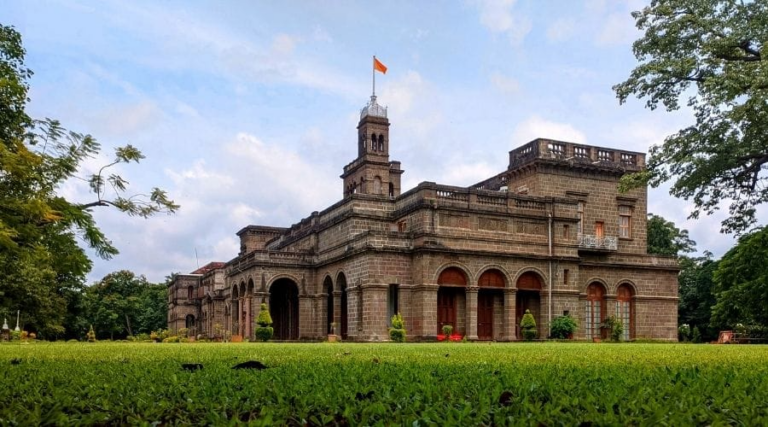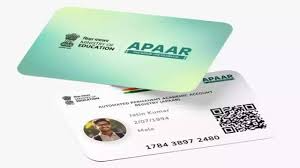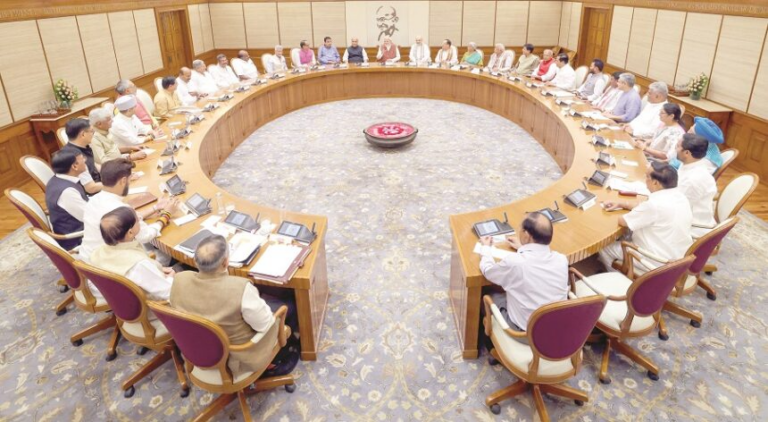Abhyspeeth Education Desk |
Mumbai : In a remarkable development, Maharashtra has witnessed a record surge in student registrations for polytechnic diploma courses for the academic year 2025-26. As per the data released by the Directorate of Technical Education (DTE), 1,36,034 students have enrolled this year — the highest in the past five years — signalling a renewed interest in skill-based technical education among students right after Class 10.
According to Dr. Vinod Mohitkar, Director of DTE, “Polytechnic is not just a diploma anymore; it’s a doorway to industry-oriented, skill-driven learning that enhances employability and opens up wide career options.” He noted that the spike in admissions is the outcome of the department’s planned policy measures, outreach programs, and major curriculum reforms.
Over the last few years, the DTE has undertaken several initiatives to promote polytechnic education at the grassroots level. Under the ‘School Connect’ campaign, officials directly interacted with school principals, teachers, parents, and students across districts. Information regarding diploma programs was also widely disseminated through social media, school visits, and local educational fairs, which helped students make informed career choices early.
The results of these efforts are visible in the steady growth of student registrations:
2020–21: 79,633
2021–22: 86,697
2022–23: 1,24,941
2023–24: 1,25,005
2024–25: 1,28,459
2025–26: 1,36,034
Another major factor driving student interest is the revamp of the polytechnic curriculum in alignment with the New National Education Policy (NEP 2020). The Maharashtra State Board of Technical Education (MSBTE) has introduced the ‘K Scheme’, offering futuristic and industry-relevant courses such as 3D Printing, Artificial Intelligence, Internet of Things (IoT), and Robotics.
Additionally, a collaboration with the Ministry of Electronics and IT has paved the way for Centers of Excellence at eight government polytechnic colleges. These centers will provide advanced training in cutting-edge technologies and bridge the skill gap between academia and industry.
To enhance accessibility, the DTE has also introduced bilingual education (Marathi + English) in 185 polytechnic institutes. In the last academic year, over 39,000 students opted for this medium — roughly 41% of the total intake — showing a strong response to the initiative. All textbooks, presentations, and learning materials are now made available free of cost on the DTE website, further democratizing access to technical education.
Another attraction for students is the improved career prospects and placement opportunities. Many diploma holders have secured annual salary packages of ₹1 lakh or more, and numerous students are being absorbed into both government and private sector jobs. The option for lateral entry into engineering degree courses after diploma is also encouraging students to choose the polytechnic path post-SSC.
Dr. Mohitkar emphasized that students are now more aware of the tangible career benefits and entrepreneurial potential that a diploma brings. With job-ready skills, updated curriculum, and growing industry collaboration, polytechnic education is becoming a preferred choice among students and parents alike.
As the demand for skilled manpower rises across sectors like manufacturing, automation, electronics, and software, Maharashtra’s technical education system is evolving to create a future-ready workforce, starting right after high school.




